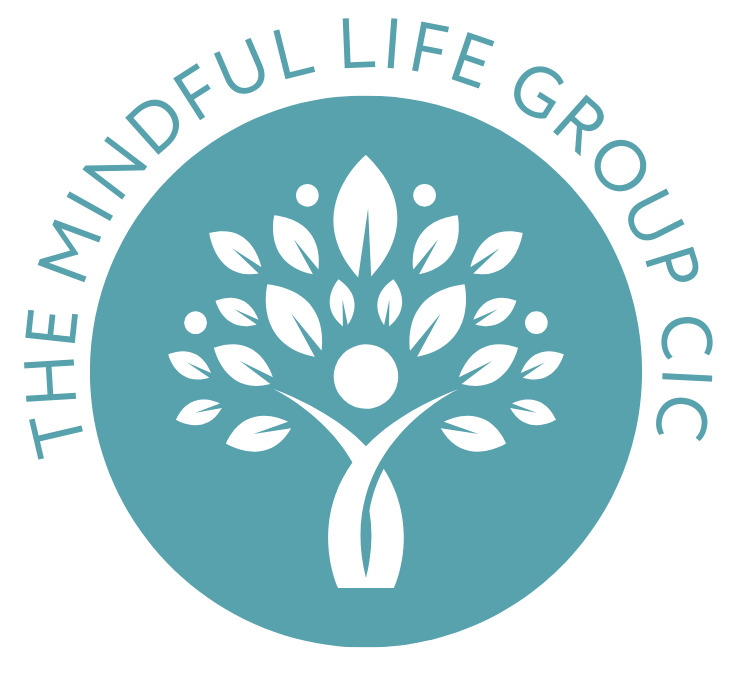Communities of Practice
Supporting Your Practice Beyond the Courses
Why is Practice Important?
Research has shown that after three months of practice, participants showed significantly better temporal global efficiency in brain networks. This means their brains transmitted information more smoothly over time. (Fam et al, 2020). Long term practice has also shown growth in an area of the brain called the hippocampus that is responsible for memory (Leung et al 2021). Changes in this brain area results in improved memory and planning.
Long term practice of mindfulness and breathwork also deepens self-awareness, helps manage emotions and improves stress, anxiety and low mood (Britton et al., 2012; Robins et al., 2012; Fincham et al., 2023).
Long term practice of slow breathing techniques like box breathing or cyclic sighing boost heart rate variability (HRV), a biomarker linked to emotional resilience and adaptability (Balban et al., 2023). It also enhances parasympathetic activity, leading to lower heart rate and blood pressure, and reduced cortisol levels which is the stress hormone (Sheikh et al., 2024).
Practice can also be done together as a group, supporting each other, building community and social connection.
“I enjoy the social side of the group meetings, I have known the people quite a long time now and I regard them as friends and we care about each other.” - Mindful Life Practice Group member
Top Tips for Practice
Have a Goal or Intention
A goal gives your practice purpose and a direction. Studies have found that those who had a goal for their practice, be it to reduce stress, improve concentration or just to feel more grounded in daily life, having a goal helped them achieve this (Nyklícek, I., & Kuijpers, K. F., 2008).
“Goal setting and motivation. Group practice is good because you set aside that time every week, otherwise life demands get in the way.” Mindfulness Practice Group Member
Openness to Practice
As the word suggests, practice emphasises building inner resources and processes. Openness to meet ourselves wherever we are at a given moment. This may feel harder on some days than others which is perfectly natural and all part of the practice.
“Practicing with like-minded people, people who are practicing for the same or similar reasons, being in a group of people who are not judgmental and who understand. With regards to timing, it was important to find a group soon after the initial course.” Mindfulness Practice Group Member
Building a Routine
Research has consistently shown that daily intentions strengthen habit formation (Crane et al., 2012) and once an activity becomes a habit, we are 2-3 more times likely to keep it going.
Habit stacking is a great tool in building a habit. This is when you attach your new activity to something you already habitually do (Singh et al., 2024). For instance, doing 5 minutes of mindfulness practice, before your morning cup of tea or coffee.
Enjoying the Practice
Practice doesn’t just need to be for the health benefits, it can also be a way to bring daily doses of enjoyment to your life. Practicing with others is one way to do this:
“The group I attend is monthly at a regular time. It is a small group and we have become great friends over the months.’ Mindfulness Practice Group Member
Our Current Practice Groups
-
Mindfulness Practice Group 1
Delivery: Online
Day: Monday
Time: 9:30am
-
Mindfulness Practice Group 2
Delivery: Online
Day: Tuesday
Time: 10:00am
-
Mindfulness Practice Group 3
Delivery: Face to Face
Location: Horringer, Suffolk
Day: Wednesday (fortnightly)
Time: 10:30am
-
Breathwork Practice Group 1
Delivery: Online
Day: TBC
Time: TBC

